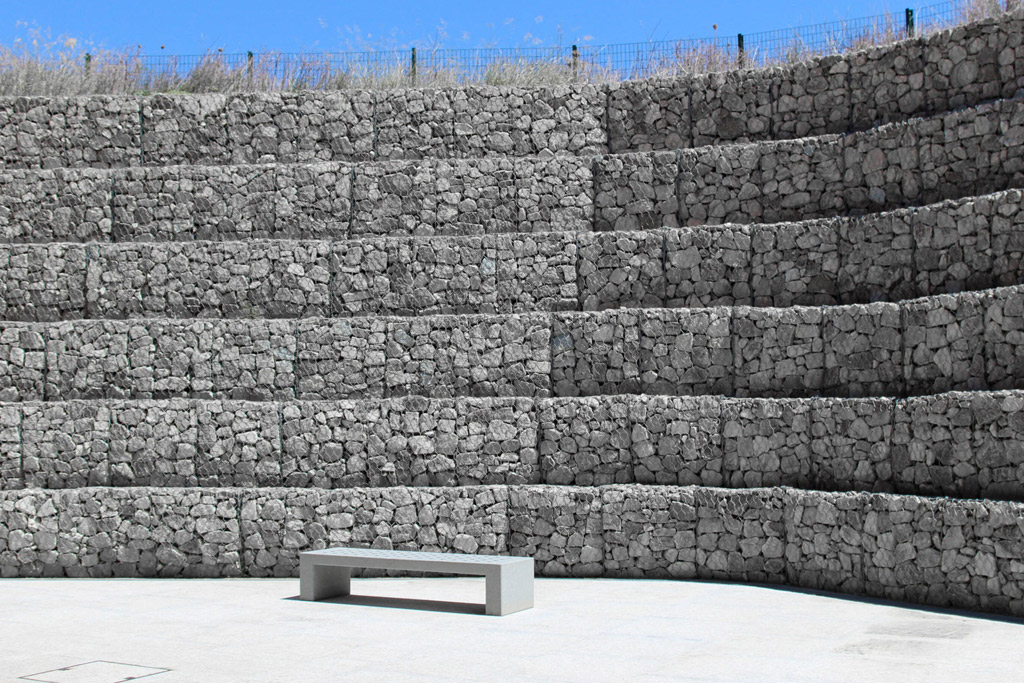To manage dynamic hydraulic flows transporting particles or silt, transverse structures are used. These obstructions alter the flow’s hydraulic behaviour and its capacity for erosion. We have more than a century of expertise choosing the right transverse constructions to manage the flow of water channels.
Our engineers use design software, consult with clients, and create channels, longitudinal, and transverse structures. These give the designer the ability to quickly carry out preliminary hydraulic analyses to determine whether bank protection or a transverse weir are necessary. A combination of artificial and organic solutions can be taken into consideration thanks to an open product library.
Weirs are categorised into three groups based on how the downstream face at the flow centre is constructed: vertical weirs, stepped weirs, and sloped weirs.
Many nations use rivers as a resource for infrastructure, thus they must be navigable. Installing longitudinal groynes will keep the river’s water depth at a steady passable level. These use the river’s natural scouring action to direct the water flow toward the centre of the channel and maintain an open navigation channel.
Transverse groynes are structures that extend into the river channel or estuary to divert the river’s flow away from the side on which the groynes are constructed. A tried-and-true remedy for significant erosion phenomena along watercourses with heavy transportation loads is the use of gabion groynes. In “hydraulic calm” places where bed-load transportation transitions to deposition, gabion groynes restore degraded parts of the river bed and banks.
Even river breakwaters, which are meant to control the forces of the river water upon the river banks, can be found on larger rivers. River breakwaters employ the same methods and technologies as our coastal breakwaters. These include the choice of the deflection/breakwater structure itself as well as the structure’s foundation mattress, which is essential in preventing scour beneath the intervention.
Another example of a transverse construction is a bridge, whose piers frequently alter the hydraulics of a water stream. Eddy formation near piers can speed up scour erosion along the bridge. We can provide clients with adequate long-term protection solutions by helping them choose from our selection of erosion protection systems. Additionally, we can offer guidance on the optimum installation method that causes the least amount of disruption to river traffic or the environment.
Due to the altered hydraulic conditions, transverse impediments across a water route might result in targeted erosion concerns. A culvert, which directs a river’s natural flow into a pipe or other man-made structure, is frequently included in new roads that cross rivers. It is necessary to regulate the forces of erosion brought about by these shifting hydraulic profiles on the riverbed.
These particular transverse structures are intended to impound water. It’s crucial to control the water that’s been ponded and keep the dam in good shape. We have offered clients with channelling and erosion protection work intended to regulate water around the dam, drawing on our expertise in hydraulic engineering.
We can assist where dams are vulnerable to erosion, including on spillways, the crest, or the face of the dam. We can assist clients in reducing these risks by analysing if the issue can be solved with simple erosion protection or with more intricate hydraulic work.

